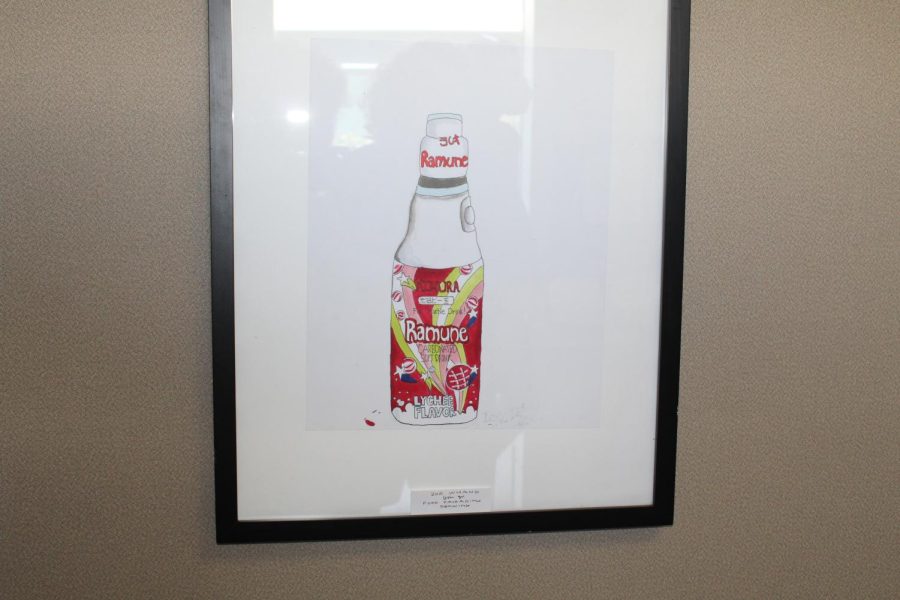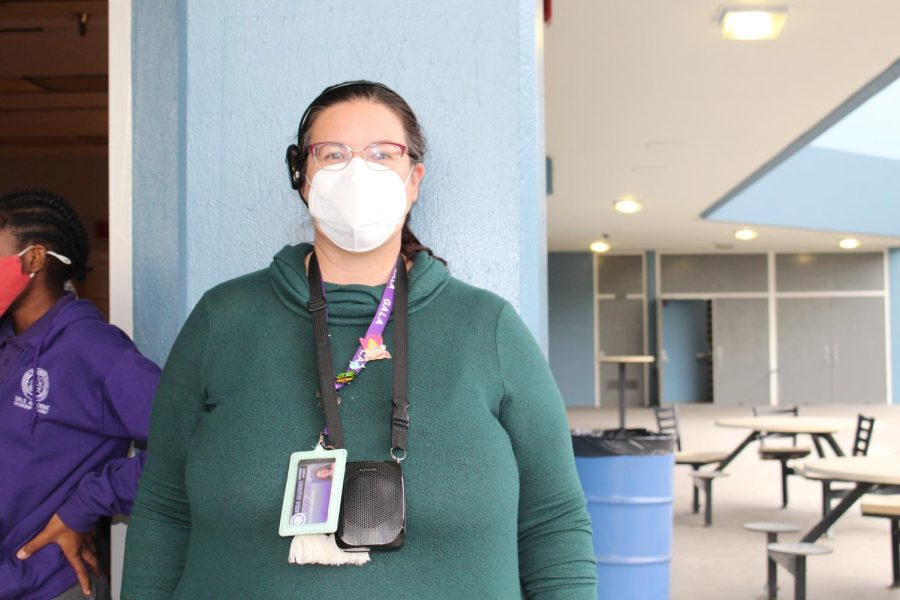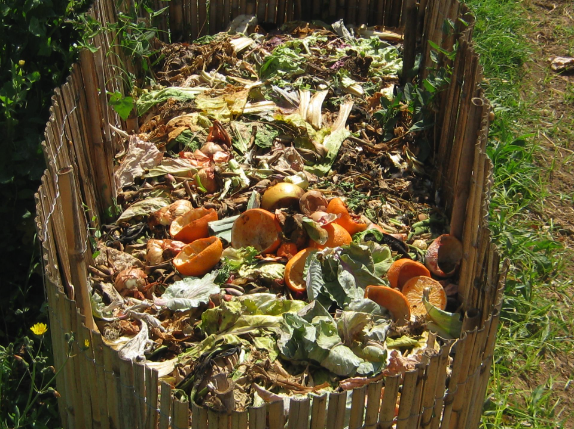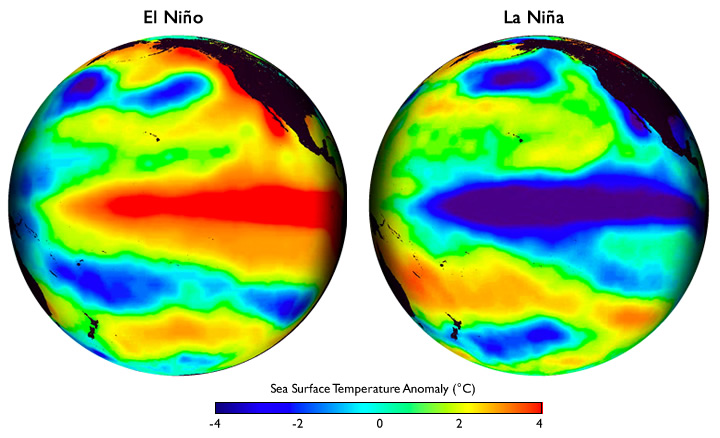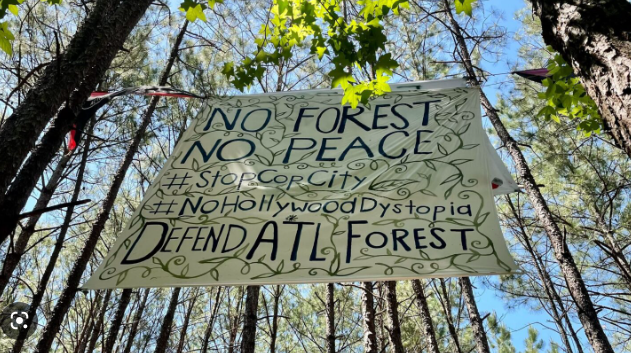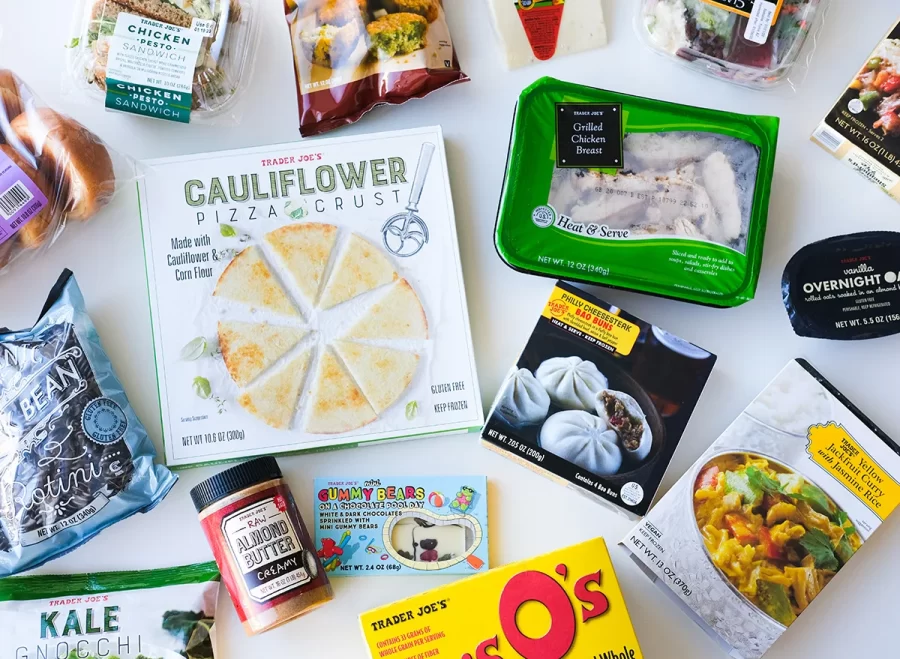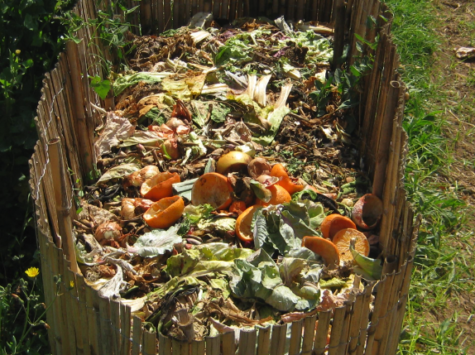Sustainability on a (Student) Budget
Image via Trade Mark and Copy Right Law Blog
I want to preface this article by saying that the major contributors to climate change are massive enterprises such as industrial agriculture, transportation, and fossil fuel companies. While personal actions to help our planet are important, the change that is needed to prevent large-scale environmental detriment needs to come from policy change on national and global levels. Please, don’t let the daunting reality of climate change weigh on your shoulders alone — it is most definitely not your fault alone (unless you are a billionaire CEO responsible for a million times the average person’s annual emissions footprint).
That being said, there is often a major misconception that living sustainably requires extra time, effort, and money, making it an inaccessible lifestyle for most working-class and young people. However, living sustainably does not have to be limited to people who can afford a vegan diet from Whole Foods, Patagonia clothing, and whatever else people consider to be “eco-friendly.”
I recently came across a list from KCRW in my email inbox that reminded me of the variety of personal actions one can take, even as a student, to reduce one’s impact on the environment. I decided to do some digging based on some of the tips given, and have compiled a non-exhaustive list of 4 things most people can do:
1. Eat less meat; even if you aren’t vegan or vegetarian, reducing your meat consumption, especially red meat, can make a huge impact.
According to a study cited in a Scientific American article, if everyone in the US cut their meat consumption by 25%, which can look like only having meat 5 times a week for dinner instead of 7 for example, annual greenhouse gas emissions could be reduced by 1%, enough to significantly protect rainforests, water supply, soil, biodiversity, and rights of Indigenous peoples.
Even making the conscious choice of eating chicken or fish over beef can save a significant amount of carbon from the atmosphere. Producing beef has harmful impacts on our climate as, one, cows release methane, a greenhouse gas and, two, they take up an immense amount of land to graze which has to be clear-cut beforehand. Referencing a data chart produced by Our World in Data, reporter Caleigh Wells points out that, “greenhouse gasses emitted to create the pound of beef sitting in your local grocery store is roughly 10 times the gasses emitted to create the pound of chicken.”
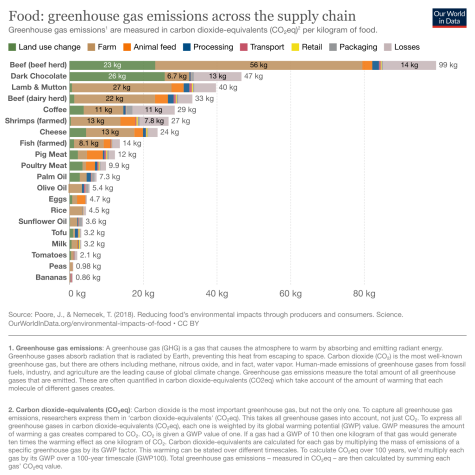
When cutting back on red meat, there is also the added benefit for your health.
2. Reduce food and trash waste.
According to the EPA, over a third of the food produced in the United States is never consumed and ends up incinerated or in landfills. This is frustrating because there are also millions of food-insecure Americans, as well as ways to compost food that are more sustainable than discarding it en masse. The bottom line is that food should never end up in a landfill, where all the emissions from transportation, agricultural production, processing, and storage will go to waste along with the food. For information on how to reduce your food waste, check out this article by NPR that explains in detail some tips for not wasting food, from before you shop to while you are cooking. A quick rundown of the tips it gave (plus a few of my own): 1) when following a recipe, try to substitute ingredients you don’t have with things that you do have. 2) Keep track of what is in your fridge by labeling things — this way, you spend less money on ingredients and waste less. 3) Try to make the most of your produce by eating stems that are edible (eg. broccoli, carrot leaf, etc.), pickling or stir-frying things that may be a bit on the riper side, sticking the stems of wilted leafy greens in water to revive them, and repurposing scraps of things like garlic and carrot peelings for stock.
Next, some tips for reducing trash: 1) Use reusable water bottles and grocery bags (and remember to bring them), and avoid single-use plastics. 2) Recycle knowing that some plastics are not actually recyclable: 3/PVC and 6/PS (refer to the chart below or this article for more details). 3) Compost (if possible). Not everyone has a planter or backyard, but if you do, utilize the space and keep a compost bin for your food scraps — you can then grow your own food!
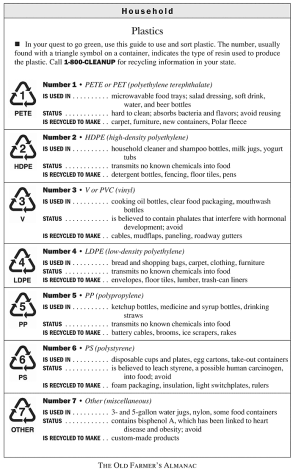
3. Be mindful of energy usage when flying, driving, or using energy at home.
We all know to turn off lights in rooms we aren’t in and to carpool or take public transportation when possible, but I feel like a lot of people overlook just how much flying negatively impacts the environment. A Guardian analysis showed that one round-trip flight can generate more carbon emissions than citizens in some countries do for an entire year. You can enter your flight starting point and destination and see in which countries the average person produces fewer emissions in a year. Obviously, there is nothing you can do if you need to fly across the ocean to see family and whatnot, but for short trips (e.g. from Los Angeles to San Francisco or Las Vegas) try to drive or encourage the family to drive. And if you own a private jet -– don’t.
4. Buy less, and buy secondhand.
Thinking about whether or not an item you want is really necessary and if so, if you could possibly get it secondhand can reduce the number of usable items in landfills and the damage to your bank account. This is the case for furniture, clothing, tools, books, and more. Getting into how harmful the fast fashion industry is for the planet would triple the length of this article, but know that clothes from thrift stores will bring you just as much happiness, plus adventure and delight in your finds. For a more comprehensive guide to sustainable fashion, here are some tips.

Kana is a senior at GALA and is excited and honored to be The Echo's Editor-In-Chief this year. Her goal is to ensure that news in all sections of The...






